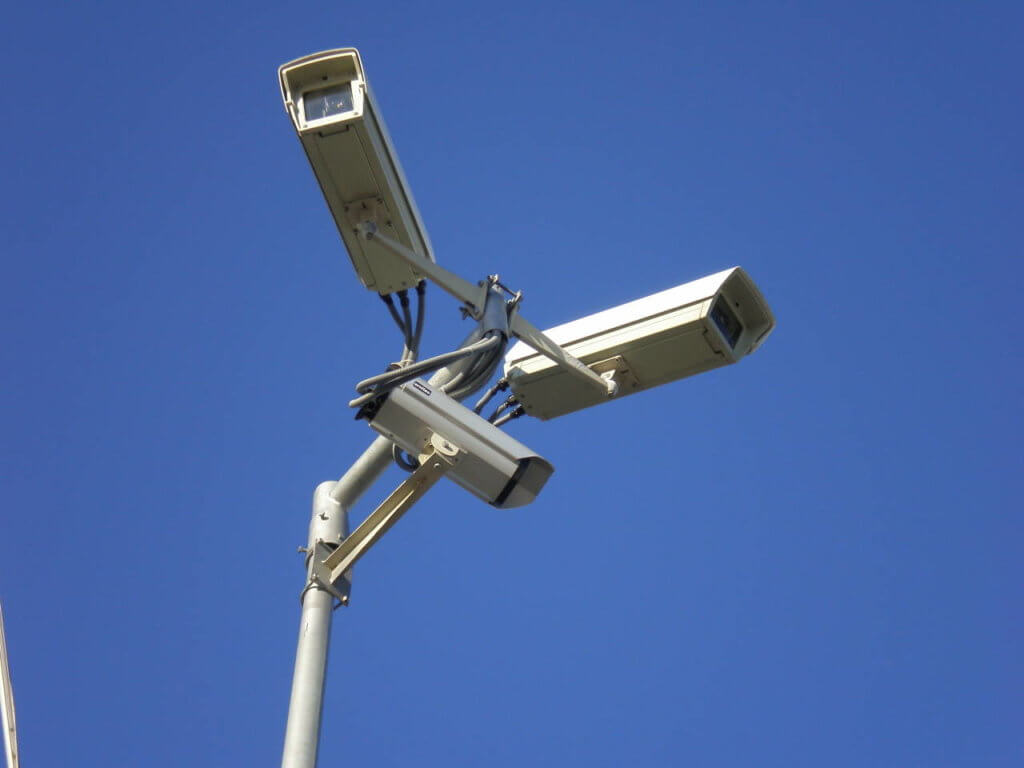Burglary is one of the most common types of crime in the United States. Every day, about 4,800 homes get raided by burglars – that’s about one home every eighteen seconds! That being said, you should be able to find a way to keep your home safer from burglars and other trespassers, and the best way to do that is to set up a surveillance system for your property.
Surveillance solutions have two main purposes. First, they act as deterrents to would-be burglars. According to statistics, 60% of convicted burglars claim that the presence of surveillance devices set up around a house have influenced their decisions regarding whether they should break in or look for an easier target. Next, they record footage of all activities in the area that can help identify the burglars in case they do manage to break into your home.
Back then, surveillance systems were seen as something exclusive to business facilities and the homes of the wealthy. Today, the hardware used for setting up surveillance systems are a lot more affordable than they were before, making them available to the general public. In fact, there are various options that are simple enough to make them suitable for the average home. Here’s a quick rundown on these surveillance solutions.
- Doorbell Cameras
Also known as front door cameras, front door cameras act just like a conventional peephole, except you can view what’s in front of your door using a remote device. It’s also possible to set up this type of surveillance solution in a way that it keeps recording what’s going on in front of your home. You can even monitor the front of your home even if you’re at work. If someone planning to break into your home rings the doorbell to check if anyone’s inside, the camera can stream the data straight to your phone so you can respond to them as if you are home.
- Outdoor Cameras
Outdoor security cameras are your first line of defense against burglars. Normally set up at a high vantage point and overlooking possible entry points in your house, outdoor cameras will make sure nobody gets past your fences unnoticed. Most outdoor security cams feature infrared imaging so that everything remains visible even during low light conditions. Depending on the setup, the camera can either record footage into a secure data storage device or stream the info directly into your smartphone or computer for real-time monitoring.
- Indoor Cameras
Indoor cameras are small, unassuming devices that are strategically located in various areas inside your home. A burglar who manages to evade detection from outside will still have to mind getting seen by cameras pointed towards hallways or overlooking large rooms. Many indoor surveillance solutions are designed to alert you in case of a break-in so you can call the police for help. Also, like their outdoor counterparts, indoor cameras can be a last-resort deterrent to burglars who may not want to risk getting seen indoors where cameras might have a better view of their faces.
- Wireless Surveillance
The previous three surveillance solutions greatly benefit from a wireless surveillance setup. Since cameras do not have a wire leading to the main device used to monitor what each unit is seeing, there’s nothing for burglars to cut in order to disable them. Wireless surveillance also gives you a lot of options when it comes to camera placement because they can be set up anywhere as long as they are within your local area network’s range. Last but not least, it’s easy to change the number of cameras linked to a wireless system because there is no need to install or dismantle extra wiring.
As Manhattan private investigator Darrin Giglio says, “Home surveillance doesn’t have to be an elaborate network of expensive devices.” Thanks to simple surveillance solutions, it’s possible to make your home safer from burglars without having to spend a ridiculous amount on the necessary hardware.





